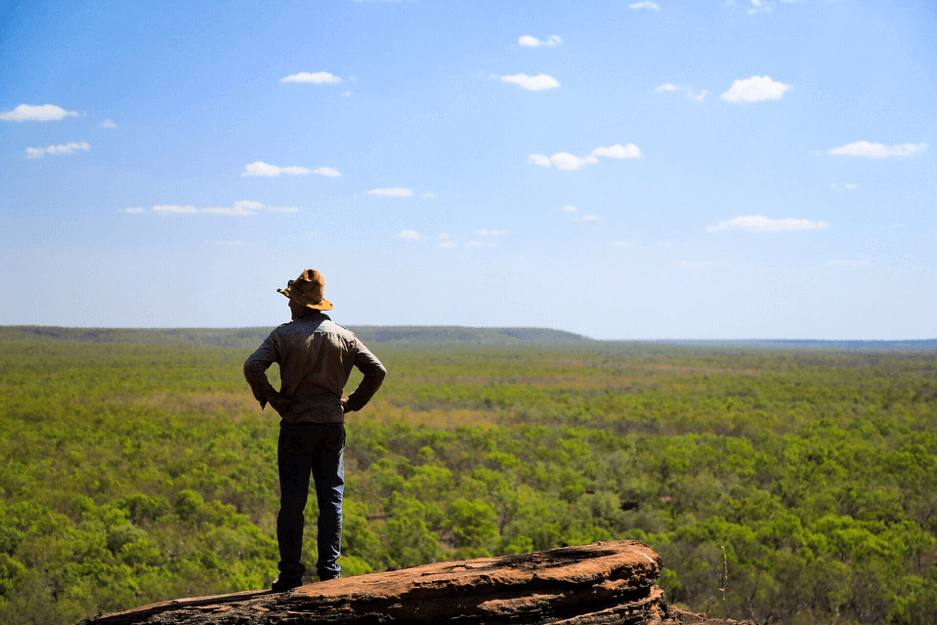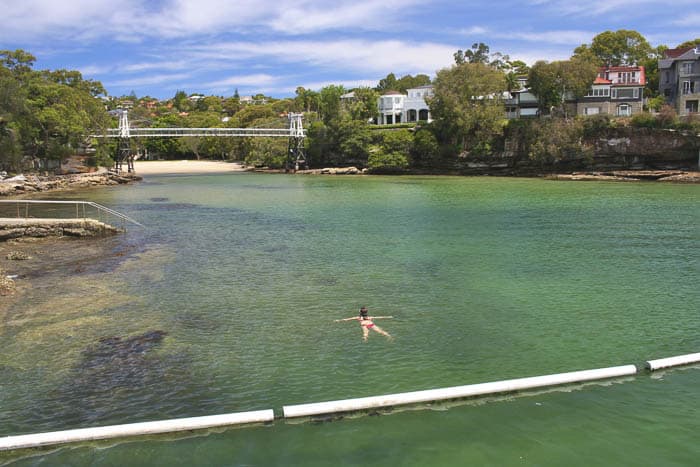Destination Feature-Waterfall Way Part Two
Last week, we finished part one of our Waterfall Way Destination Feature in the Cathedral Rocks National Park.
However, I almost forgot to tell you about one of the most pristine wilderness areas along this route. So, if you head south east of Cathedral Rocks (a little further back towards Dorrigo), you’ll find yourself in the New England National Park.
It’s interesting to note that the New England NP was registered as a World Heritage area in 1986, due to the universal significance of it’s biological and landscape values. The park’s genetic diversity and natural cycles remain unaltered, which has allowed the survival and evolution of rainforest species over geological time.
This natural wonder is home to spotted gum forests, woodland, heath and swamp communities, dense rainforest, and provides a habitat to several threatened or otherwise significant plant species.
Antarctic Beech draped in hanging moss, New England National Park. © Drew Hopper Photography
Discover the ancient world of Gondwana through one of it’s many walking tracks or lookouts. Walks range from an easy 200m stroll to challenging multi-day hikes, spanning the remote wilderness. Check out the Cascades track (5.7km return), which will take you to Five Day Creek-one of the most beautiful rainforest streams in NSW.
If you happen to be wandering through here of a night, you may not be guided by the stars-but the glow worms will light the way.
Cascade Falls Track, New England NP. © Drew Hopper Photography
There are also some stunning lookouts in the park-Point Lookout (as previously mentioned), and Wrights Lookout, a rocky plateau atop an ancient trachyte remnant of Ebor Volcano.
Wrights Lookout, New England National Park. © Drew Hopper Photography
Hillgrove and Oxley Wild Rivers National Park
Moving back towards Armidale now-the second last town before we reach our final destination is Hillgrove, an old gold mining town. Gold was first discovered in the region in 1857 and by 1900, Hillgrove was about the same size as Armidale, with six hotels, four churches, two schools, several banks, a hospital, stock exchange, court house, technical college, a school of arts and a cordial factory. It also had many shops, doctors, a post office and two mines turning out gold, tin, antinomy and tungsten.

However, by 1920, the mines were running at a loss and people began leaving the town in droves. Slowly, bit by bit, all the buildings were moved to other districts, leaving Hillgrove a town of empty paddocks and tumbleweeds. Today, the population of Hillgrove is less than 100. Very few old structures remain; the post office and the school (which is now a museum).
Although there isn’t much left in the town, there are still some great attractions in the area, including the Metz Gorge, where you can see the remains of an old gold mine, smelter chimney and mine dump, as well as the tramway system used by miners to cart the rock 810 metres up the gorge. Bakers Creek falls are also worth checking out, but only after recent rainfall.
Oxley Wild Rivers and Wollomombi Falls
Oxley Wild Rivers National Park features rare dry rainforest, dramatic gorges and waterfalls, extensive wilderness areas, wild and scenic rivers, and an amazing array of wildlife.
The Wollomombi falls are one of the highest falls in Australia, and the highest in NSW. The views, though sometimes shrouded in mist, are at their most spectacular after heavy rainfall. Wollomombi Falls are located less than one kilometre south of the village of Wollomombi and approximately two and a half kilometres by road.
Wollomombi Falls
Armidale
Our last stop on the spectacular Waterfall Way is Armidale. The Armidale region boasts spectacular waterfalls, gorges, and a fascinating and diverse cultural heritage. Canyoning, mountain biking, birdwatching, trout fishing and other outdoor adventures are popular pursuits, and there are also award winning cool climate wineries, plenty of restaurants and cafes, boutique shopping, heritage buildings, museums and galleries.
Elm St, Armidale © Drew Hopper Photography
The best time of year to travel to Armidale is during the Autumn season. The deciduous trees turn on an enchanting kaleidoscope of colour, and the town celebrates the change in season by holding an annual Autumn festival in March.
Gostwyck Chapel, Uralla, near Armidale. © Drew Hopper Photography
Armidale has a wide range of activities and attractions to suit anybody-so whether you’re a history buff, naturalist, a foodie, an adventure seeker, or just looking to relax, there is sure to be something there for you.
Where to stay
There are many hundreds of camping spots available in these parks, if you’re willing to travel by foot! But never fear-there are still plenty of options for those of you towing. Please see below for our list of available parks.
There are no camping grounds in the Dorrigo National Park, but you are welcome to camp if going in by foot. Park your trailers here
Oxley Wild Rivers National Park
Words by Katie James.






